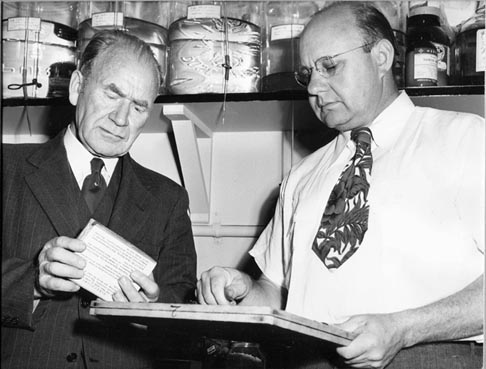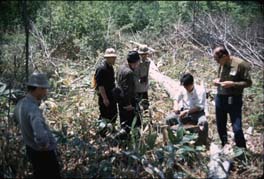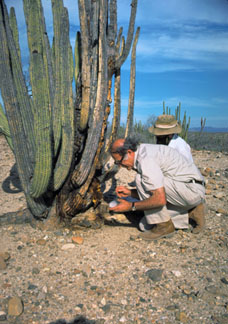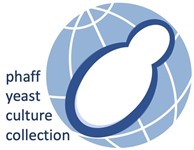
The study of yeast at UC Davis has a rich scientific history with contributions from many remarkable academic personalities beginning decades before the establishment of Davis as a separate UC campus. In the 1890s, F.T. Bioletti, cellar foreman in the UC College of Agriculture’s Central Experiment Station, experimented with selected yeasts for wine fermentation. An assistant who went on to join the faculty at UC Berkeley, William Cruess worked with Bioletti on pure yeast cultures used in wine fermentation. Some of the first pure yeast cultures from California wine fermentations are still maintained in the Phaff collection. Cruess, as a faculty member, also studied yeasts involved in the spoilage of foods during World War I and became chair of the UC Berkeley Food Science Department. Hired by Cruess, Emil Mrak became an active contributor to the collection of pure yeast cultures in his academic years before his administrative career that culminated in his service as the second Chancellor of UC Davis in 1959.
Cruess and Mrak formalized the yeast collection in the 1930s and added wine yeast strains from Europe and California that Cruess isolated while helping rebuild the California wine industry after the repeal of prohibition. Over 300 strains contributed by Cruess and Mrak are still in the collection. Noted collection curators during the Berkeley years included Kitty Oppenheimer, wife of famed physicist Robert Oppenheimer; and National Academy of Sciences member and MIT industrial microbiologist Arnold Demain.

Herman Phaff was initially a student in the UC Berkeley Food Technology Department and joined that faculty in 1943. He further expanded the yeast collection from a resource for the study of direct applications of yeast properties to a fundamental resource for yeast taxonomy, ecology, and physiology. He led many collecting expeditions ranging from Arizona, Alaska, Washington, Oregon, and Hawaii in the USA, to British Columbia in Canada, Baja California in Mexico, Venezuela and Argentina in South America, and Australia, Taiwan, and islands of Japan on the western Pacific Rim. These expeditions over 50 years resulted in the isolation and descriptions of thousands of wild yeast strains and over fifty new yeast species. Marty Miller became a student of Phaff’s in 1958 in the Food Science Department, which had relocated to Davis in 1951, with a focus on yeasts associated with food. As a faculty member Miller became a key collaborator of Phaff’s and contributed substantial numbers of cultures recovered from spoiled food products, plants, insects, and other natural sources of yeasts.

In 1996, the collection was officially dedicated and named the Herman J. Phaff Yeast Culture Collection, recognizing the contributions over 50 years of research by Phaff (1913-2001), one of the most renowned yeast microbiologists of the 20th century. Since 2001, it has been curated by Kyria Boundy-Mills. The collection currently contains over 9,000 yeast strains, and will expand in 2022 with incorporation of the yeast collection of prominent yeast taxonomist Dr. Marc-Andre Lachance. Over 1,000 of the 2,300 currently known species are represented, as well as upwards of 200 novel species that do not yet have scientific names.. While comparable in size to major public culture collections, 80% of the strains in the Phaff collection are not available from any other source.
